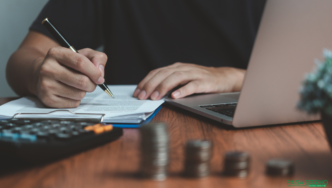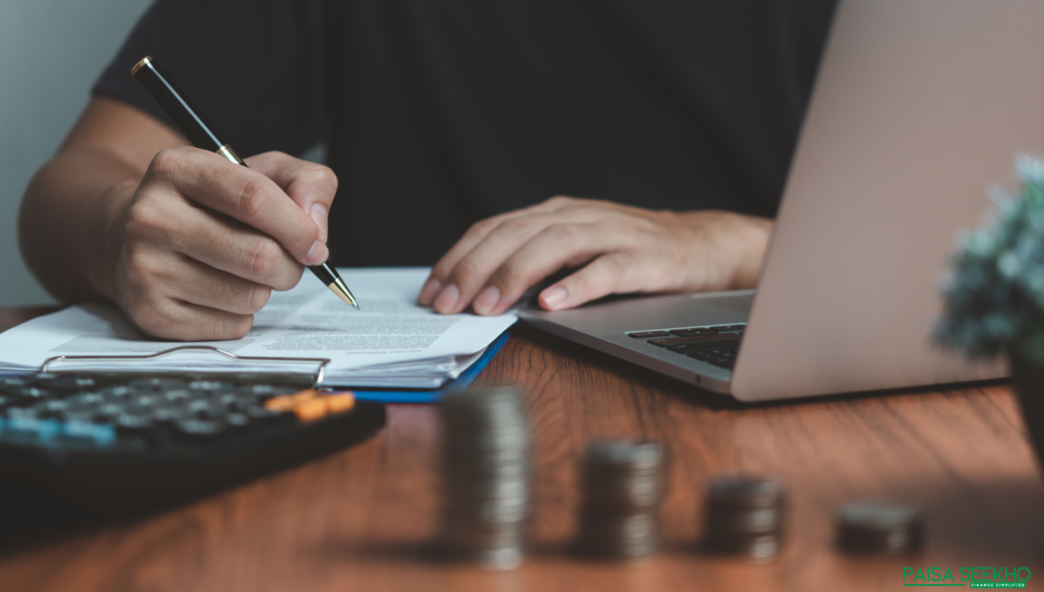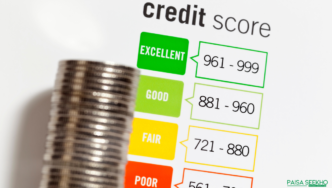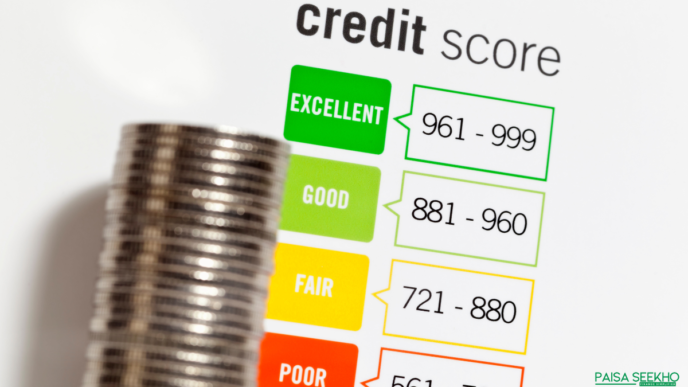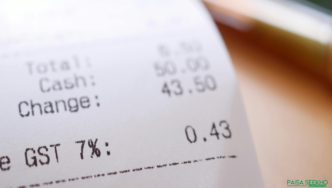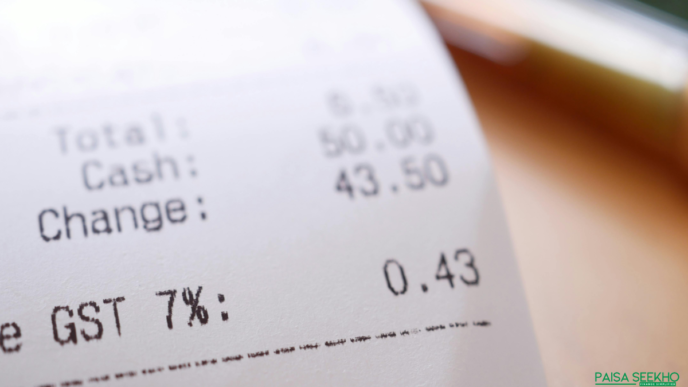Money matters can be unpredictable, especially in an ever-changing economic environment. Medical bills, sudden car repairs, or job loss can throw a curveball at even the most organised budgets. This is precisely where an emergency fund becomes invaluable. A well-structured emergency fund acts like a financial safety cushion, ensuring you’re prepared for life’s unexpected twists and turns without derailing your long-term financial goals.
Below, we’ll explore what an emergency fund is, why it’s essential for every Indian, and how to build one. We’ll also cover where to keep your emergency corpus so that it remains both safe and accessible. By the end, you’ll have a clear roadmap to create or improve your own emergency fund.
Definition: What Exactly Is an Emergency Fund?
An emergency fund is a dedicated pool of money you set aside to cover urgent, unplanned expenses. It’s not for regular bills or holidays—it’s strictly reserved for true emergencies, like:
- Sudden medical procedures or hospitalisation.
- Unexpected home repairs (such as a leaky roof during the monsoon).
- Essential car or bike breakdown costs.
- Job loss or sudden income cut.
Think of it as a personal insurance policy that protects you from falling into debt when life throws you an unexpected expense. Instead of taking a loan at high interest rates or swiping your credit card (and possibly impacting your credit score in India), you tap into your emergency reserve to stay afloat.
Why Every Indian Needs an Emergency Fund
1. Rising Cost of Living
Whether you live in a metro like Mumbai or a smaller city in India, the cost of living is steadily climbing. With rents, groceries, and commuting expenses taking up a considerable portion of monthly salaries, a sudden emergency can push individuals into debt if they’re not financially prepared. An emergency fund provides a layer of security against these rising costs.
2. Limited Social Security Nets
Unlike some Western countries, India doesn’t offer an extensive, universally accessible social security system. While government schemes and benefits do exist, they may not always cover your immediate financial needs during a crisis. Your emergency fund is a self-reliant way to manage short-term financial disruptions.
3. Protection from High-Interest Debt
In times of crisis, many people resort to credit cards or personal loans, which often carry higher loan interest rates. By having an emergency fund on hand, you reduce the likelihood of plunging into expensive debt that could take years to repay.
4. Financial Freedom and Peace of Mind
Knowing you have money set aside for emergencies can drastically reduce stress and give you confidence to pursue other financial goals. It frees you from the worry that a single setback could wipe out months or years of hard work.
5. Job Insecurity and Economic Changes
Layoffs and pay cuts aren’t uncommon, especially in volatile sectors like IT, media, or start-ups. An emergency fund helps you handle day-to-day expenses while you look for a new job or adapt to a changing employment situation.
How Much Should You Save?
General Rule of Thumb
Financial experts typically suggest saving three to six months’ worth of expenses. This means if your monthly household expenditure (rent, groceries, utilities, etc.) is INR 30,000, then your emergency fund should ideally be in the range of INR 90,000 to INR 1.8 lakh.
Consider Your Specific Needs
- Job Stability: If you’re in a stable government job, you may opt for a smaller buffer of three months. If you’re a freelancer or working in a private sector role prone to layoffs, aim for six months or more.
- Family Situation: A single individual may manage with a smaller emergency fund. However, if you have dependants—like elderly parents or children—you might want to increase the buffer to ensure adequate coverage.
- Lifestyle and Liabilities: Owning a car or a house might necessitate a larger emergency corpus, given the potential for repairs and maintenance.
Adjust Periodically
Life changes, and so should your emergency fund. If you buy a house, change jobs, or have a child, review and adjust your fund accordingly.
How to Build an Emergency Fund Step-by-Step
1. Assess Your Monthly Expenses
Begin by listing your non-negotiable monthly expenses:
- Rent or home loan EMIs
- Utility bills (electricity, water, gas)
- Groceries
- Insurance premiums
- Transportation
Note these down in a spreadsheet or budgeting app. Identifying these essential expenses is the first step to calculating the size of your emergency fund.
2. Set a Savings Target
Based on your assessment, decide how many months’ worth of expenses you want to save. A typical starting point is three months of expenses. If your monthly expenses total INR 40,000, your initial target might be INR 1.2 lakh.
3. Create a Dedicated Account
Keep your emergency fund separate from your daily-use savings account. This mental and physical separation reduces the temptation to dip into the money for non-emergencies. You could open a second savings account specifically for this purpose or use a liquid mutual fund for a slightly higher return if you’re comfortable with that option.
4. Automate Your Savings
Treat your emergency fund contribution like a monthly bill. The moment your salary arrives, automatically transfer a fixed sum to your emergency fund account. This “pay yourself first” approach ensures that you don’t forget or find reasons to skip savings in any given month.
5. Increase Contributions Over Time
Whenever you receive a bonus, a salary hike, or a windfall, funnel a portion directly into your emergency fund. By doing so, you’ll reach your target quicker and strengthen your financial cushion.
6. Review and Rebalance Annually
Life circumstances and income levels can change. Set aside time each year to check if your emergency fund still aligns with your current lifestyle and responsibilities. If expenses have gone up or down significantly, adjust accordingly.
Where to Keep Your Emergency Fund
You’ll want a balance between liquidity (quick access) and a reasonable rate of return. Here are some popular options in India:
1. High-Interest Savings Account
Some banks offer slightly higher savings account interest rates if you maintain a certain minimum balance. This account remains easy to access when needed. Though returns may be modest (ranging from 2.5% to 4% or slightly higher), the quick withdrawal feature is a significant advantage.
2. Short-Term Fixed Deposits (FDs)
A short-term FD, such as a 6- to 12-month deposit, can offer higher fixed deposit interest rates than a standard savings account. However, early withdrawals may incur a penalty. If you choose this route, you could keep some portion of your emergency fund in a savings account for immediate use and the rest in an FD.
3. Liquid Mutual Funds
Liquid funds invest in short-term debt instruments with minimal volatility. While there’s still a small element of risk compared to a bank FD, these funds often yield slightly higher returns than typical savings accounts. They’re also relatively easy to redeem—many allow withdrawals that credit the money to your account in a day or two.
4. Recurring Deposits (RDs)
If you’re building an emergency fund from scratch, a recurring deposit can be a disciplined option. You deposit a fixed amount every month for a predetermined period, usually earning the same interest rate as short-term FDs. However, RDs may not offer instant access if you face an urgent need.
Key Tip: Ensure that at least a part of your emergency fund is instantly accessible. Liquidity should be your top priority, even if it means slightly lower returns.
Common Mistakes to Avoid
1. Dipping Into the Fund for Non-Emergencies
Tempting as it may be to fund a holiday or a gadget purchase from the emergency kitty, resist the urge. Reserve these savings for true crises only.
2. Not Saving Enough
Many people assume one month of expenses is sufficient. However, medical costs or extended job searches can easily outstrip that. Aim for at least three months, and strive to build up to six months or more over time.
3. Keeping All the Money in Cash at Home
While some level of liquidity is good, storing large sums of money in cash is risky—both from security and inflation standpoints. A bank or financial institution offers more safety and usually some interest.
4. Relying Solely on Credit Cards
Credit cards can serve as a short-term fallback, but they come with high interest rates if you can’t clear the balance on time. This can lead to debt accumulation, defeating the purpose of having a safety net.
5. Forgetting to Update Your Fund
As your life evolves—be it a promotion, marriage, or the birth of a child—your expenses and risk factors change. Failing to update your emergency fund accordingly may leave you underprepared.
How an Emergency Fund Protects Your Other Financial Goals
Imagine you’re diligently investing in mutual funds or public provident fund (PPF) for long-term goals like retirement or a child’s education. Suddenly, an urgent surgery or home repair arises. Without an emergency fund, you might be forced to withdraw investments prematurely—incurring penalties, taxes, or loss of potential gains.
By having a separate emergency reserve, you can keep your long-term investments untouched. This ensures the power of compounding continues to work in your favour and you’re not derailing important milestones. The peace of mind alone is a huge benefit; you’ll know that your day-to-day finances and future goals aren’t in jeopardy because of an unforeseen event.
Conclusion
An emergency fund is more than just a safety net; it’s a cornerstone of financial planning in India. By setting aside a dedicated reserve for crises, you protect yourself from expensive debt, safeguard your long-term investments, and gain peace of mind. The process doesn’t have to be complicated—start small, automate your contributions, and store your emergency money in a safe, readily accessible place.
At Paisaseekho, we advocate for practical steps that make personal finance less intimidating. Building an emergency fund is one of the simplest yet most powerful moves you can make on your financial journey. It empowers you to navigate life’s uncertainties without compromising on your aspirations or burdening yourself with avoidable debt. Start saving today so you’re prepared for tomorrow.
FAQs
How quickly should I aim to build my emergency fund?
It depends on your income, existing obligations, and how aggressively you can save. Generally, aim to build at least one month’s worth of expenses within a few months, and continue adding to it until you have three to six months’ worth. Automating monthly contributions and adding any bonuses or increments can speed up this timeline.
Is it better to pay off debt first or build an emergency fund?
A balanced approach often works best. High-interest debt, such as credit card balances, can quickly grow if ignored. Consider allocating some money to debt repayment and some to an emergency fund simultaneously. However, if the debt has extremely high interest, you might prioritise clearing it while still setting aside a smaller portion each month for emergencies, so you don’t remain completely unprotected.
Can I invest my emergency fund in stocks or equity mutual funds for higher returns?
It’s generally not recommended to put emergency funds into high-risk assets like stocks or long-term equity mutual funds. Market fluctuations could erode a large portion of your emergency money right when you need it most. Liquidity and capital preservation are the priorities, so safer, more accessible options are preferable.
How do I maintain my emergency fund once it’s established?
Keep the bulk of it untouched unless a genuine emergency arises. If you do withdraw, replenish the fund as soon as possible. Conduct annual reviews to ensure the fund still aligns with any changes in your monthly expenses or lifestyle.
Should I have more than one emergency fund?
Some people maintain multiple accounts—for instance, a short-term emergency fund in a savings account for immediate needs and another chunk in a short-term FD or liquid mutual fund. This approach can help diversify where you hold your money. What matters most is that the total covers the appropriate number of months in expenses.
Can an emergency fund help my credit score in India?
Indirectly, yes. If you have an emergency fund, you’re less likely to rely on credit cards or personal loans during crises. Consequently, you reduce the risk of missed payments or high credit utilisation—factors that can hurt your credit score.
